Glaucoma Articles
This is the place for the latest information about our work here at Glaucoma Research Foundation and for current events in the world of eye health. All breakthroughs and insights are made possible through the dedication of researchers, and through the continued financial support and active involvement of the community.
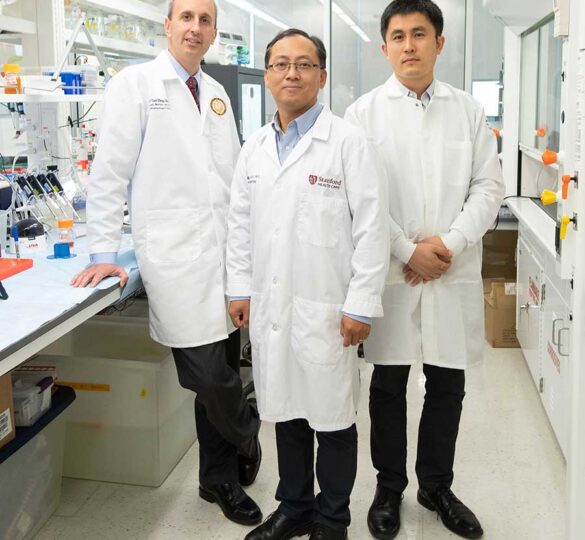
Collaborative Research is Speeding Progress toward a Cure
When Glaucoma Research Foundation first launched Catalyst for a Cure in 2002, our bold idea was to recruit the most promising young researchers from different fields to work collaboratively.

Glaucoma Warning Signs
Some people may have early warning signs, but most patients will not notice any vision loss until the disease is at a late stage.

Summertime Tips
For many people summertime means travel, warm weather and outdoor activities. For those with glaucoma, the summer season can present new challenges.

People Making a Difference: Robert Stamper, MD
“There is no question: We are moving closer to the goal line — a cure for glaucoma.” – Bob Stamper, MD

Do Lifestyle Choices Affect Glaucoma?
Patients with glaucoma want to help themselves and save their sight in any way they can beyond medications and surgery.
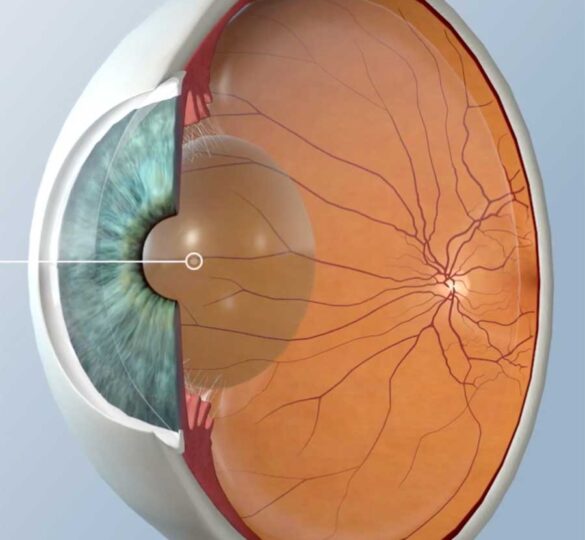
Cataract Surgery and Glaucoma
A number of factors affect the decision of whether to surgically remove cataracts in the patient with glaucoma.

¿Qué vitaminas y nutrientes ayudan a prevenir que el glaucoma se agrave?
Un estudio reciente parece indicar que una dieta abundante en vegetales de hojas verdes puede disminuir el riesgo de glaucoma.

Ayuda para pacientes con glaucoma que pierden la visión
Usted y el oftalmólogo comparten la misma meta en cuanto al tratamiento del glaucoma: preservar la visión tanto como sea posible, aunque la enfermedad progrese con el tiempo.

¿Debe fumar marihuana para tratar su glaucoma?
“Aunque la marihuana puede reducir la presión ocular, recomendarla no tiene sentido debido a sus efectos secundarios, su acción de corta duración y la falta de evidencia de que su uso altere el curso del glaucoma”.

Estadounidenses hispanos y latinos con riesgo elevado
Los hispanos comprenden el 12 por ciento de la población de los EE. UU. y son la minoría étnica de crecimiento más acelerado en el país.
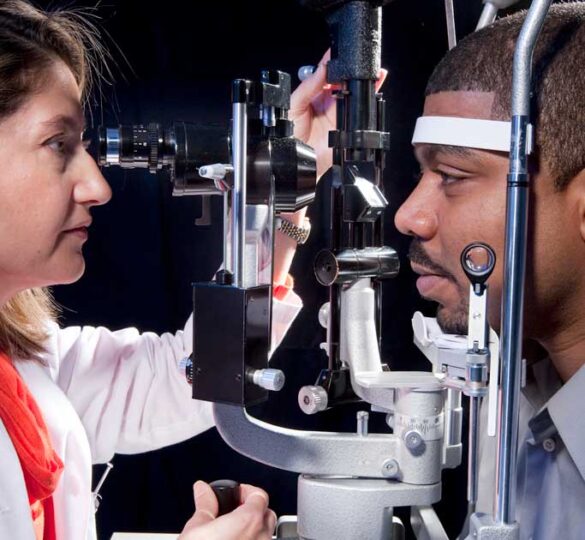
Cirugía de glaucoma
La cirugía comprende ya sea tratamiento láser o un corte en el ojo para reducir la presión intraocular.
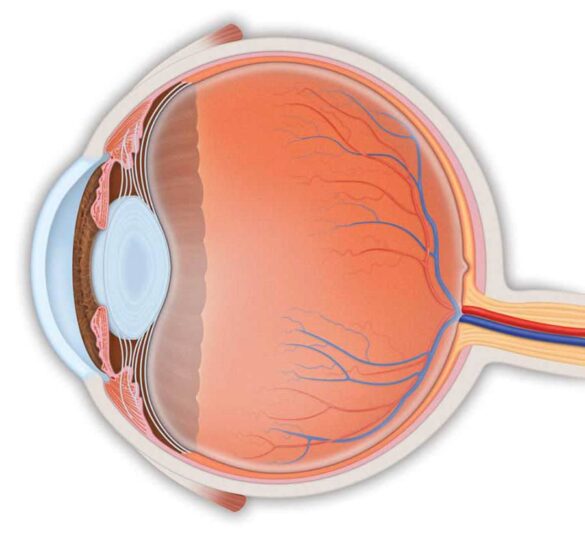
Anatomía del ojo
Para comprender el glaucoma, es importante tener una idea de cómo funciona el ojo y las diferentes partes del ojo.
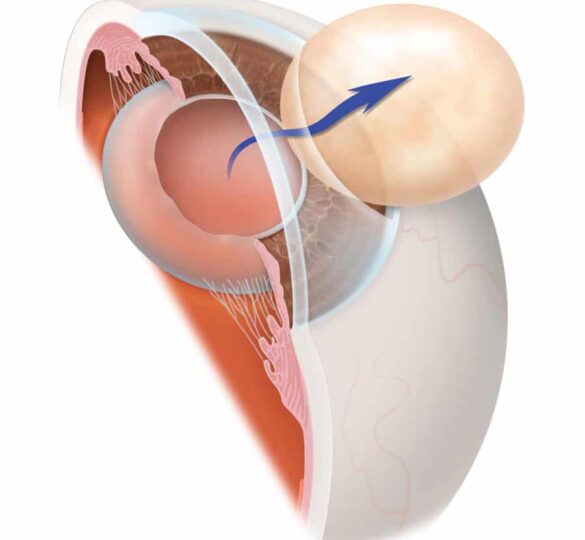
Cataratas y glaucoma
Tanto las cataratas como el glaucoma pueden ser un evento natural en el proceso de envejecimiento.
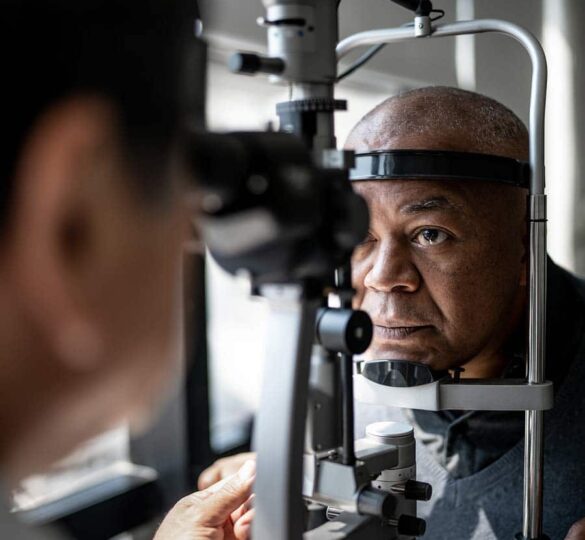
Preguntas y respuestas: Glaucoma neovascular
La formación anormal de nuevos vasos sanguíneos en el iris y sobre los canales de drenaje del ojo puede causar esta forma de glaucoma secundario.
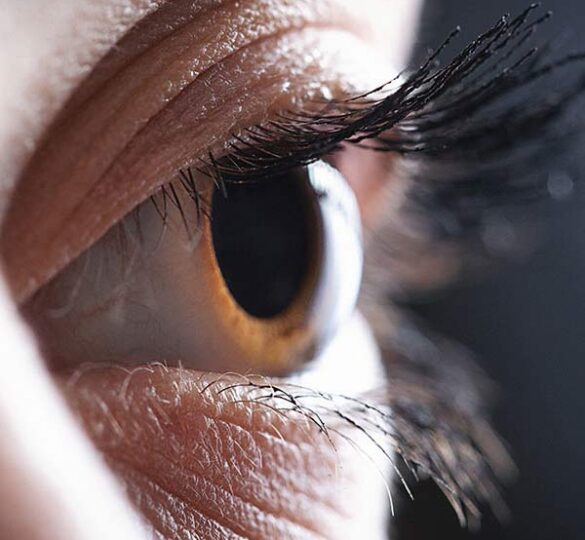
Comprender el glaucoma uveítico
Los trastornos inflamatorios oculares (uveítis) pueden ocurrir por diversos motivos y, desafortunadamente, el glaucoma puede afectar hasta al 20 % de estos pacientes.
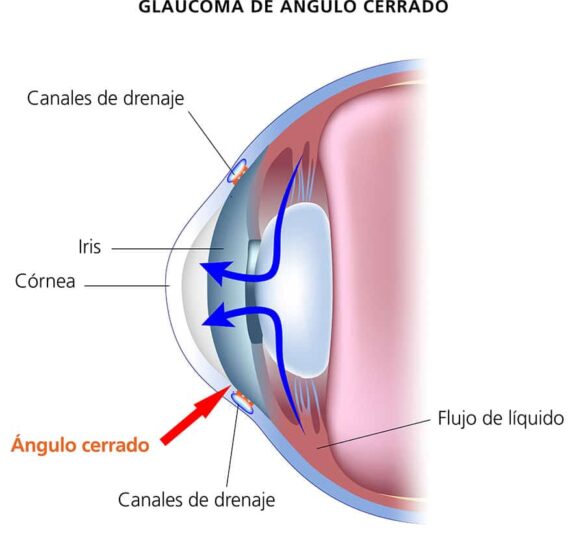
¿Qué es un glaucoma de ángulo cerrado?
Este tipo de glaucoma también se conoce como glaucoma agudo o glaucoma de ángulo estrecho.

¿Qué es el glaucoma exfoliativo?
El glaucoma se desarrolla en algunos pacientes con una afección denominada síndrome de exfoliación.
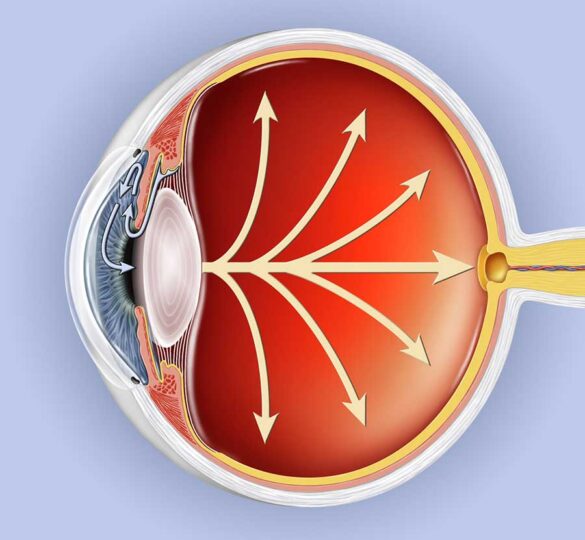
¿Qué es el glaucoma primario de ángulo abierto?
El glaucoma primario de ángulo abierto es la forma más frecuente de glaucoma, ya que afecta a alrededor de tres millones de estadounidenses.

¿Qué es el glaucoma secundario?
El glaucoma secundario se refiere a cualquier forma de glaucoma en la que existe una causa identificable de aumento de la presión ocular, que resulta en el daño del nervio óptico y en la pérdida de visión.

Restauración de la visión en el glaucoma: más de lo que se ve a simple vista
Se necesitan nuevas estrategias para replantear cómo tratamos el glaucoma que no sea simplemente controlar la presión ocular.
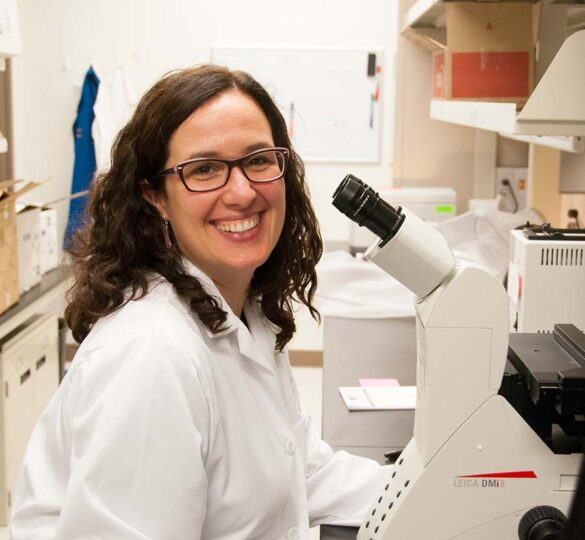
Un enfoque sobre el laboratorio de la Dra. Anna La Torre en UC Davis
“Me convertí en científica porque soy una persona muy curiosa, y siempre quise saber cómo funcionan las cosas, cómo trabajan las células.”

Lesión ocular y glaucoma: Preguntas y respuestas
Las lesiones oculares pueden provocar varios problemas graves incluido el glaucoma, que usualmente es causado por un trauma contundente en el ojo.

¿Cómo el sueño influye en el glaucoma?
Este artículo pone de manifiesto cómo el sueño puede afectar la presión ocular, el flujo sanguíneo al nervio óptico y la progresión del glaucoma.

Tratamientos para el glaucoma no aprobados
Debe discutir cualquier tratamiento adicional que esté considerando con su médico antes de comenzar.

Preguntas frecuentes sobre el glaucoma
Si le diagnosticaron glaucoma, probablemente tenga muchas preguntas.